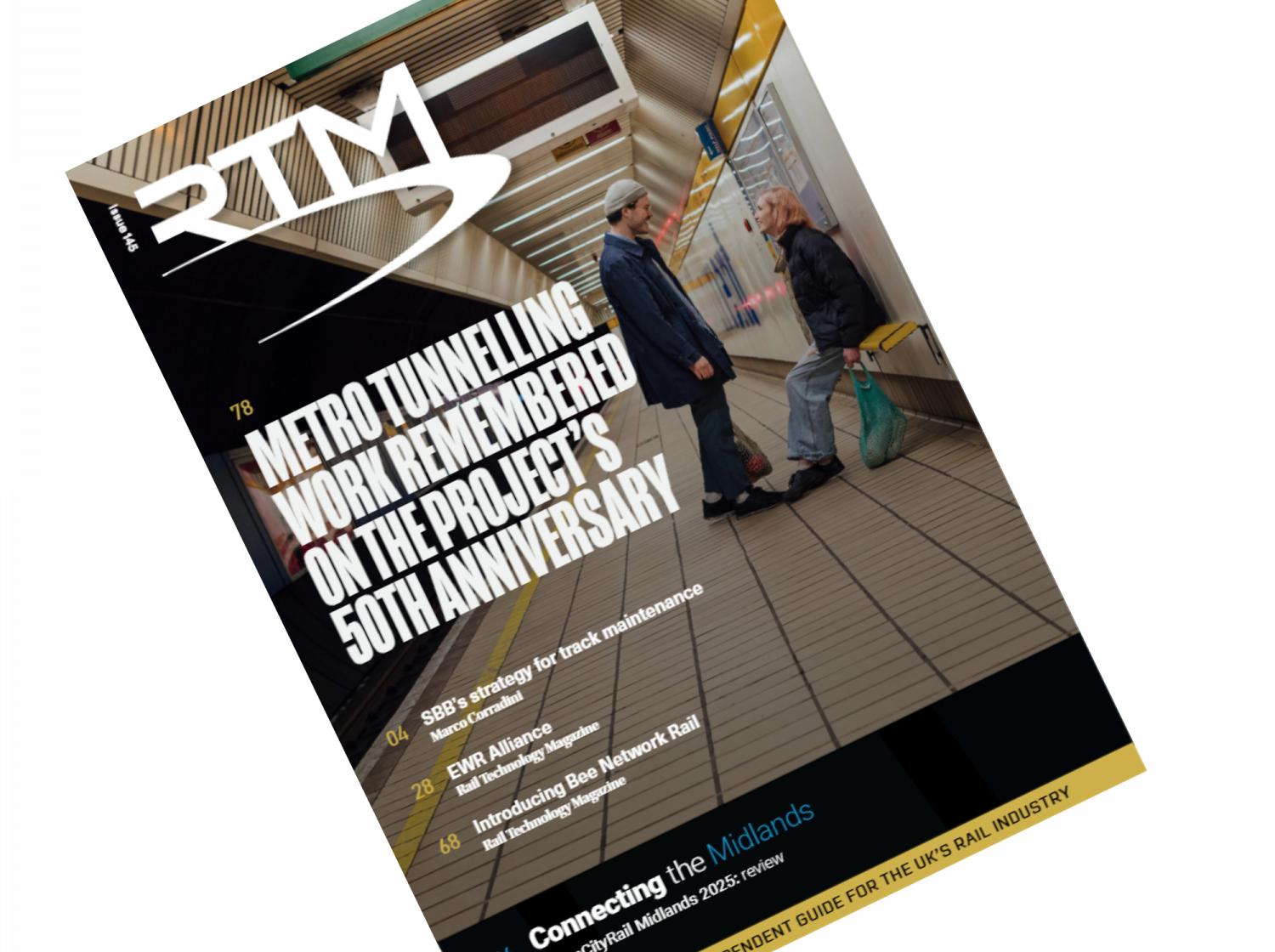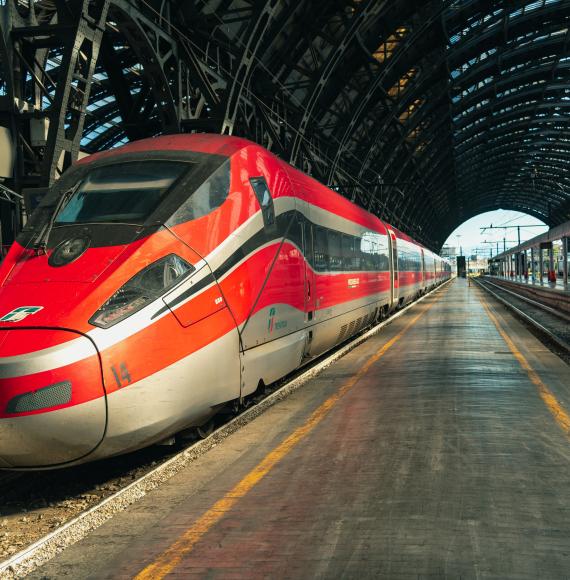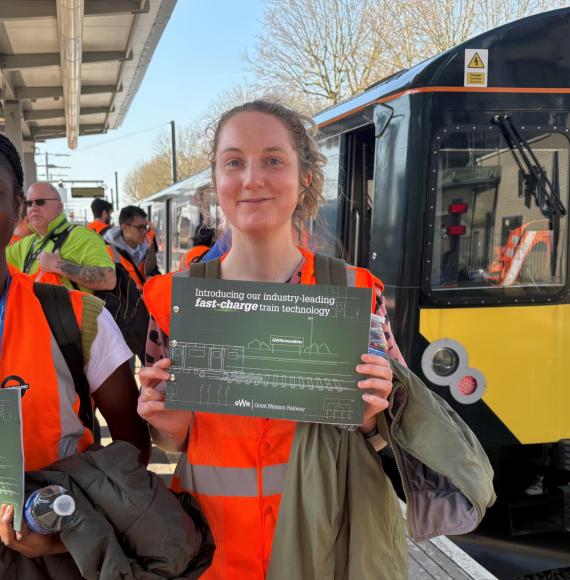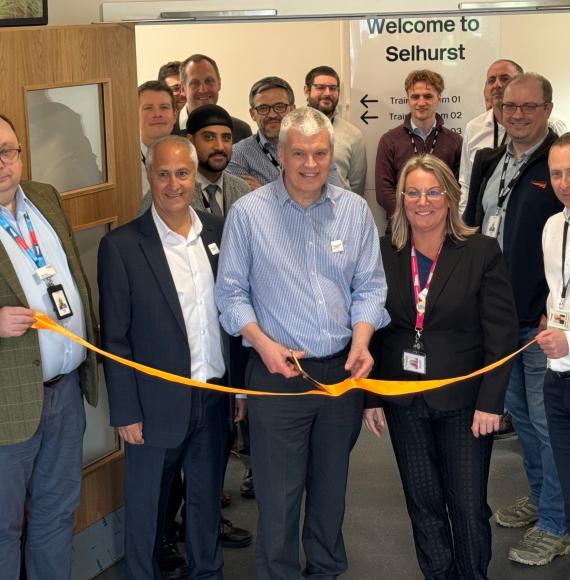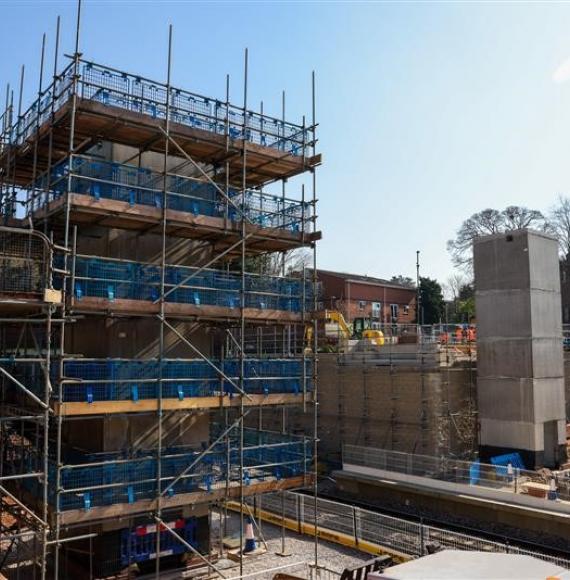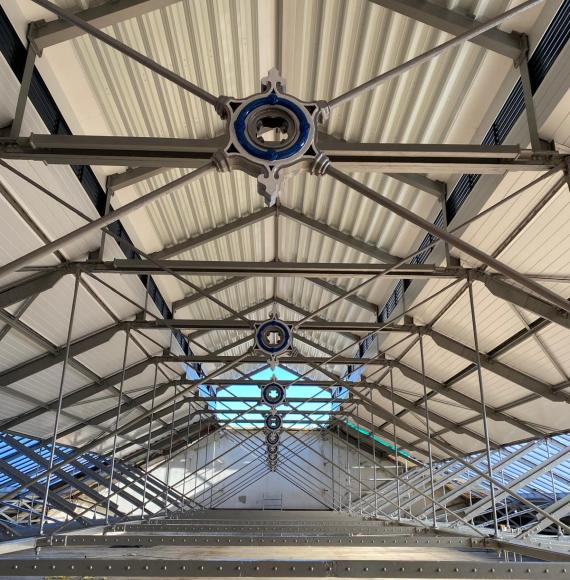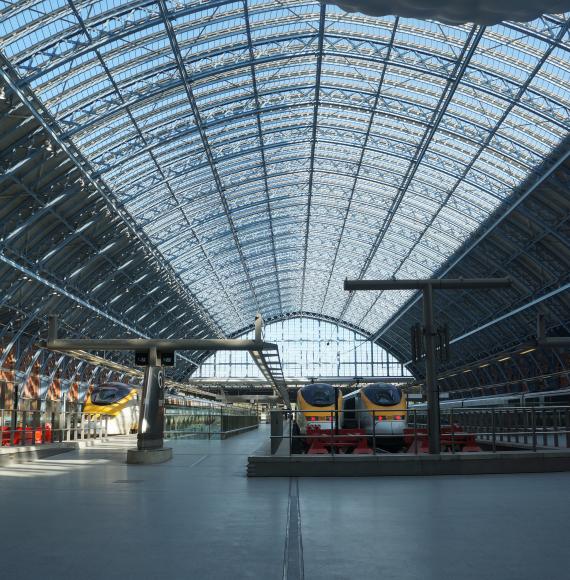The Transport Minister Eamon Ryan and the Minister for Infrastructure in Northern Ireland Nichola Mallon yesterday announced the launch of a ‘Strategic Rail Review’.
This review is a first of its kind and will consider how the rail network on the island can improve connectivity between cities, enhance regional accessibility and support balanced regional development.
Infrastructure has become a hot topic in NI since the London government established a ‘Union Connectivity Review’ (UCR) to recommend projects to strengthen links between the UK’s constituent parts.
Not only does not Northern Ireland as a whole have the UK’s worst transport connectivity, but within Northern Ireland itself there is a stark and unjustifiable East-West divide in the presence and quality of infrastructure. For example, a key town in the East of Northern Ireland is almost four times more likely to have access to rail than an equivalent town in the West.
This review according to the ministers will look at improving rail connectivity between major cities and extending accessibility to the north west.
Ryan said he is a “firm believer” in rail’s potential to support “social and economic development” along with sustainability in the transport system.
“The review will look at how rail can help better connect cities and regions across the island and will complement the investment we already plan in our commuter rail networks,” the minister said.
Ms Mallon said "Since coming into office, I have been clear that it is my priority to address regional imbalance, tackle the climate crisis and better connect communities across Ireland,"
"This is an ambitious piece of work that will help inform our decision making and investment in our rail network for years to come."
The Review in particular has a strong focus on achieving climate change goals, it will consider the role of railroads in supporting relevant policy goals improving sustainable connectivity between major cities, improving regional accessibility.
In addition to the potential range of improved rail services along the various existing or future potential corridors of the network and, if necessary, include reviewing high-level design and operational proposals for the identified corridors.



